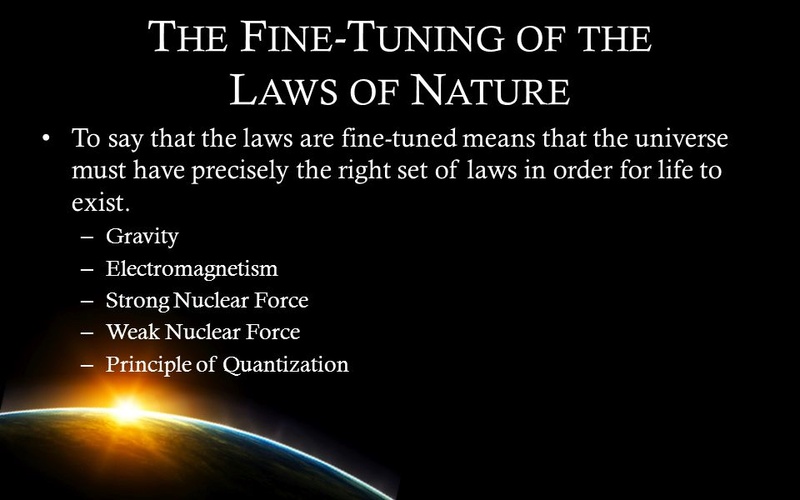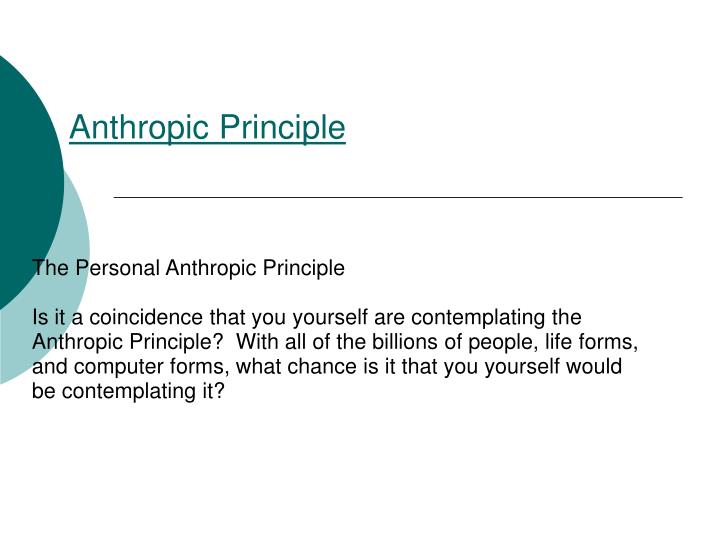


Then he suggests that only a few metastable landscape vacua will emerge from his procedure. When he makes contact with string theory, he suggests using the geometry of the internal space as part of the boundary conditions which describe the current state of the universe. There are three (large) spatial dimensions use that as a constraint on the present state of the universe and say the word “anthropic” while doing so. It would appear that all the anthropic stuff amount to no more than fitting data to observed values. I would guess that Lubos does not consider this blog to be ‘led by science’. But despite this, he seems to have removed me from his blogroll. Here, as usual, I agree with Lubos’s comments on this. I haven’t completely understood this yet, especially the author’s claims that they can use these ideas to say something about the shape of primordial fluctuation spectra, but the whole thing doesn’t sound obviously any more promising than other approaches to the anthropic landscape.

Anthropic reasoning within the top down approach is reasonably well-defined, and useful to the extent that it provides a qualitative understanding for the origin of certain late time conditions that one finds are needed in top down cosmology. This can be implemented in top down cosmology, through the specification of final boundary conditions that select histories where life emerges. We have also discussed the anthropic principle. This is in sharp contrast with the bottom-up approach, where one assumes there is a single history with a well defined starting point and evolution. In some sense no boundary initial conditions represent a sum over all possible initial states. The no boundary histories of the universe thus depend on what is being observed, contrary to the usual idea that the universe has a unique, observer independent history. Top down cosmology is a framework in which one essentially traces the histories backwards, from a spacelike surface at the present time. The top down approach we have described leads to a profoundly different view of cosmology, and the relation between cause and effect. on the set of constraints that one imposes… In top down cosmology the histories of the universe thus depend on the precise question asked, i.e. This enables one to test the proposal, by searching among the conditional probabilities for predictions of future observations with probabilities near one. The boundary conditions act as late time constraints on the alternatives and select the subclass of histories that contribute to the amplitude of interest. In a top down approach one computes amplitudes for alternative histories of the universe with final boundary conditions only. It contains his version of the anthropic landscape idea, based on his “no-boundary” idea of quantum cosmology (sometimes also referred to as the “Hartle-Hawking wavefunction”), and he refers to it as “top-down cosmology”. Stephen Hawking and Thomas Hertog have a new paper out, called Populating the Landscape: A Top Down Approach.


 0 kommentar(er)
0 kommentar(er)
